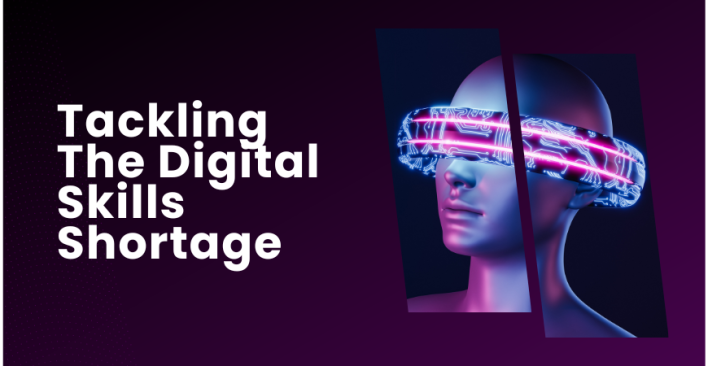Total Talent Thinking in a Blended Workforce

Heraclitus, 500BC, spoke about many things, but two I can relate to within the specific area of Contingent workforce were the concepts of universal flux and unity of opposites. In simple words, constant change and the fact both permanent and contingent workers co-exist and have dependencies on each other.
The Blending of Perm and Contingent
Permanent employees and contingent workers are merging more and more within a company’s talent supply chain. This blended workforce reflects the true human effort required to deliver a company’s products and services to their customers. If a scan of an ‘average’ global 2000 company was made, it would not surprise to find between 30-50% of its total talent being comprised of contingent workers. Or at least, a trend line moving that direction!

What Is A Contingent Worker?
Okay, so exactly what is a contingent worker? This is a very valid question. It sometimes feels as if there as many definitions of a ‘contingent worker’ as there are days in the year. In reality, it need not be so complex, regardless of the endless terms used. If somebody is not a permanent employee in a company, but is delivering a human effort – often over the short term – in return for payments for this time worked, or for a mutually agreed deliverable being met, then a contingent worker exists.
It’s quite important that a company is aware of who, what and where these people exist within their organisation for a variety of reasons. Three reasons spring to mind; compliancy, efficiency, and most importantly, a ‘total talent’ point of view.
The Relationship
The nature of the contractual relationship, its visibility and adherence to correct employment classifications, as well co-employment potential, is an important compliant factor. The ability for a company to understand the volumes of people delivering services and time based work on their site is also a factor that facilities management should feel strongly about. Not to mention the understanding of what assets and systems they ‘access’. However, with this significant shift in the composition of the workforce, the ability for a company to understand its total workforce in detail is arguably now a hygiene factor if it is serious about strategic workforce and talent management.
Why now?
What is causing this shift? A number of factors are contributing to this new blended workforce.
Psychological Shift
Talented people are choosing to work in a contingent manner. This psychographic shift is rooted in a mind-set that is more concerned with gaining a portfolio career, a variety of experiences, as well as project experience offering challenges that match their in-demand skills. In other words, the traditional social contract with a corporate ‘for life’ has faded.
Demographics
Shifting demographics in terms of an aging workforce also means that highly skilled people are in more demand than ever before. They can choose their method of work delivery.
Agility
On the demand side, companies are also leveraging the ability to ‘flex’ their workforce for spikes in demand and/or projects. Another factor not discussed as much is the emergence of talented people from what have traditionally been labelled ‘emerging’ markets. Not only can this talent pool be engaged more effectively, but the diversity of this new and exciting labour market has many further benefits.
Mobility
Mobility and the subtle differences required in employer brand are also driving change within the contingent workspace. Location dependent versus location independent has added a factor that needs considering. People wanting to work on a contingent basis, especially within the technology sector, are able to search and bid for contract work, collaborate on projects, deliver the required milestones and request/receive payment, all via evolving cloud-based and crowd-sourced platforms. This ability to work mobile, on a contingent basis, as well as a ‘back to the future’ of project/product role segmentation, is an interesting element to keep tabs on.
Your Employer Brand
When considering an employer brand, the contingent workforce talent pool also needs to be factored into the planning. Ensuring two-way engagement is easy, articulating a clear value proposition to potential contingent workers, offering challenging projects, and building an interactive and on-going conversation and community are all important success factors within the contingent worker landscape to help the ‘experience match the reality’ of a total talent employment brand.
If Heraclitus was running the rule over this sector, he would easily identify the constant change as well as the unity of opposites at play between permanent and contingent hiring. And I would like to think he would strongly recommend a company, when looking at their most crucial assets, to revisit workforce planning that covers everyone!
If you want to learn more about workforce composition, building a business case, managing a contingent workforce function and the rise of the freelancer, join us at this year’s Contingent Workforce Conference in Sydney 22-23 September.
Related articles
Leave a Reply
Sign up to our newsletter
Get a weekly digest on the latest in Talent Acquisition.
Deliver this goodness to my inbox!


